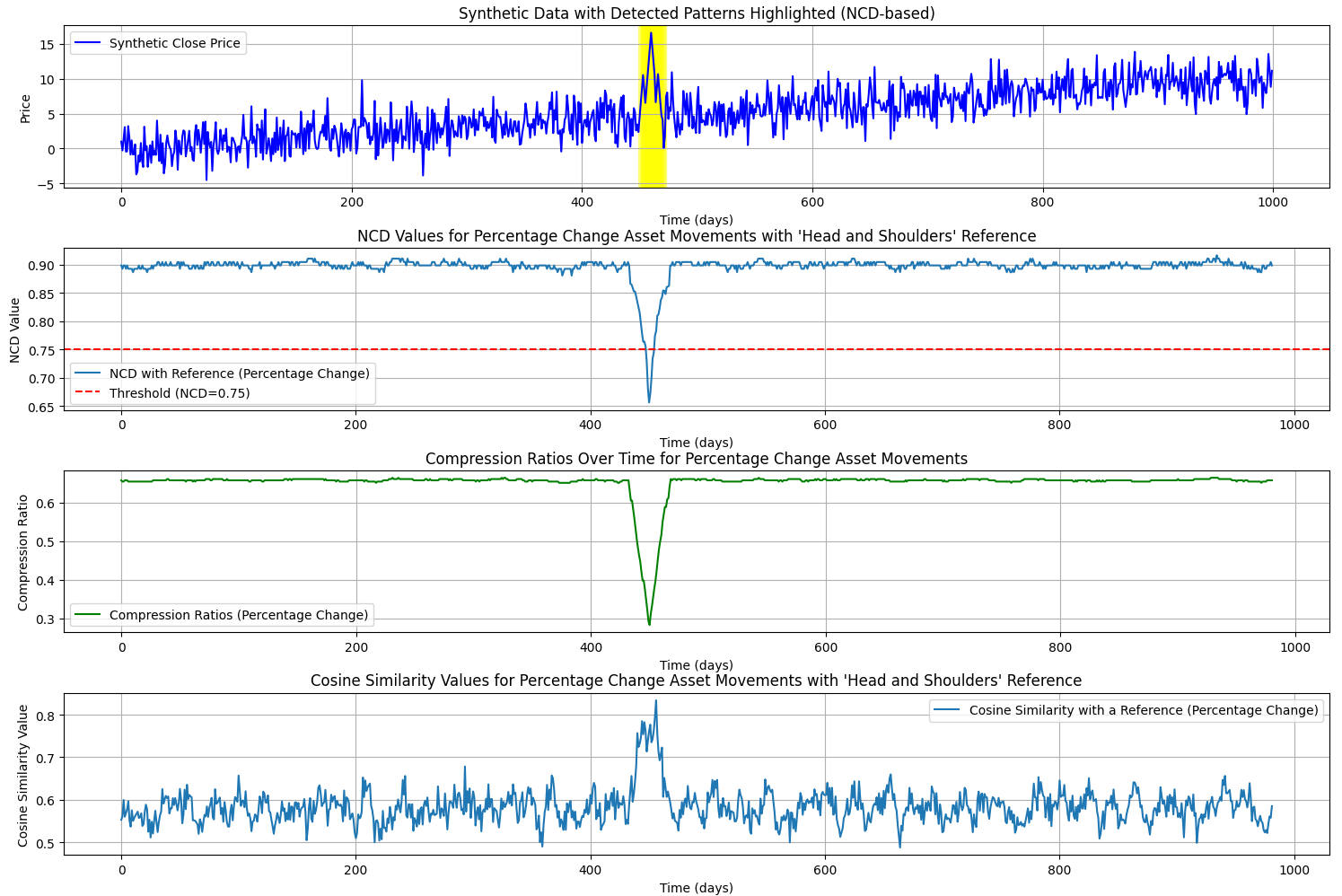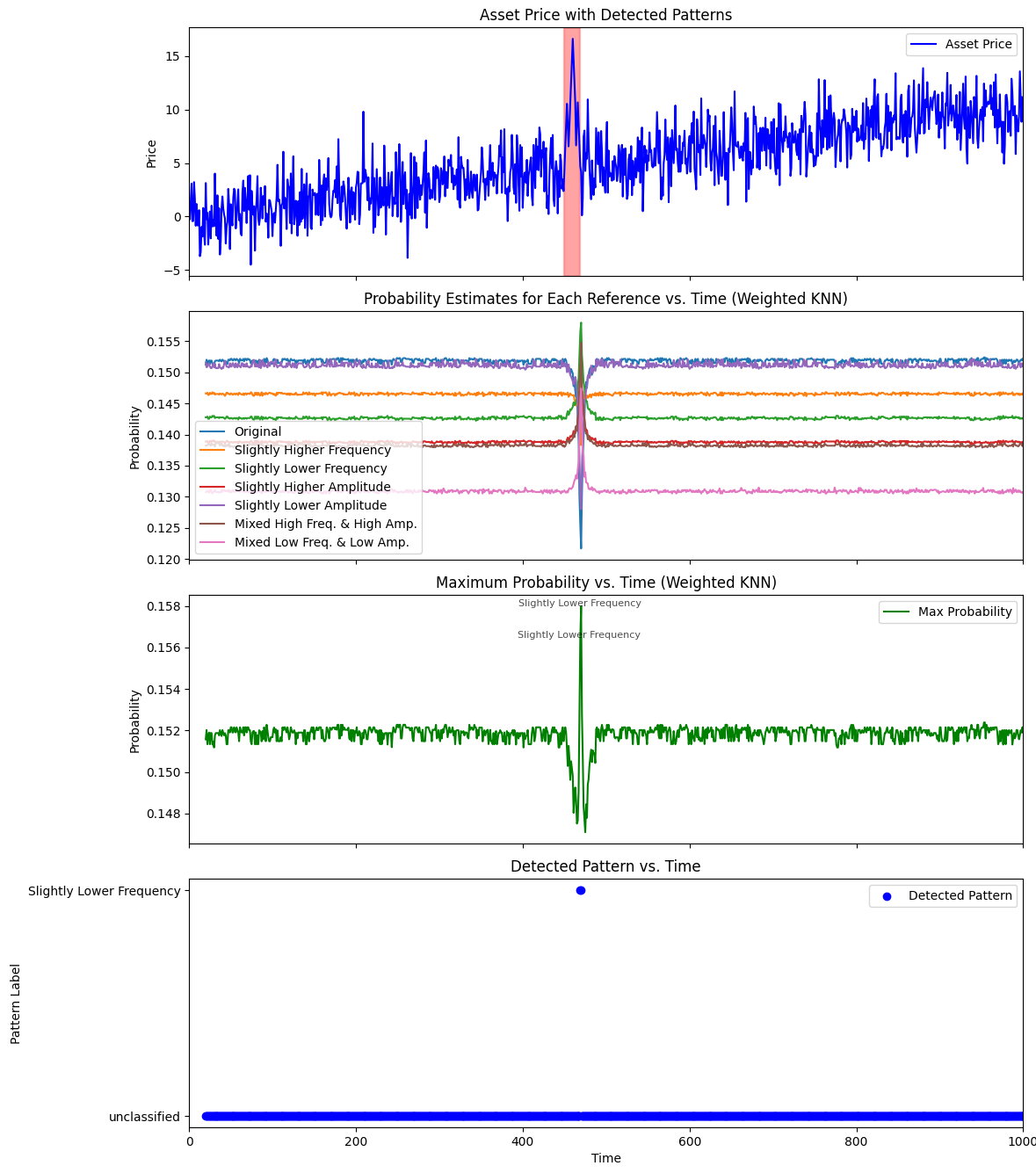An approach to recognizing patterns in financial data by analyzing its compressed representation, diverging from traditional methods due to the potential for increased efficiency.
This particular method could be easily adopted with hardware accelerators.
The current implementation works exclusively on synthetic data generated by the generate_synthetic_data function.
Please refer to: Zhiying Jiang, Matthew Y.R. Yang, Mikhail Tsirlin, Raphael Tang, Yiqin Dai, and Jimmy Lin 2023. “Low-Resource” Text Classification: A Parameter-Free Classification Method with Compressors - link to the Paper.
This project is inspired by a method of text classification using compression techniques. The original paper explores text classification with a focus on compressors, including gzip, and their application in various settings, such as cross-entropy and kNN methods.
While the inspiration for this project stems from the ACL 2023 paper on text classification using compressors, this approach is distinct. Instead of directly classifying text, we focus on quantifying and identifying patterns in financial data by examining its compressed representation.
Compression techniques are particularly suited for financial data because they can capture intricate patterns and redundancies, providing a condensed yet informative view of the data.
- Synthetic Data generation: Synthetic financial datasets with embedded "Head and Shoulders" patterns are generated for testing and validation. This is an extremely simple approach.
- Analysis of Compressed Data: Examination of financial data in its compressed form.
- Compression algorithms inherently capture the underlying patterns within input data, making this approach crucial for unearthing and understanding these patterns and associated trends.
- Compression-Based Metrics: The Normalized Compression Distance (NCD) and Compression Ratio of the pattern + window derive the insights from the compressed data. These metrics are chosen because they provide a standardized way to quantify the efficiency and pattern similarities in compressed data.
- Cosine Similarity: We calculate the cosine similarity between compressed financial data patterns and the reference pattern. This measure helps determine the similarity between the two patterns, with values closer to 1 indicating higher similarity.
Execute main.py to run the pattern recognition on synthetic data and visualize the results.
- The detection mechanism is tailored to work exclusively with the simplest form of synthetic data generated with
generate_synthetic_datafunction. - At this moment, even a simple trend
generate_synthetic_data_with_trendmakes the detection fail.
The project is in its early stages and is open to refinements. Feedback and collaboration are encouraged, especially to enhance the methodology and address current limitations.
Test output
Test output knn

